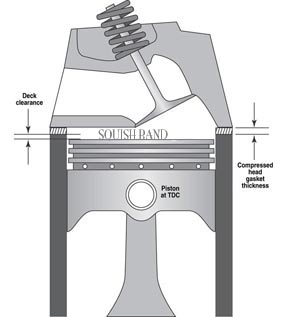The protective heat shrink tubing on the wires for the TPS and AFM harness on my car were not in good shape, the tubing had become hard and brittle and was starting to look pretty sad. Surprisingly, the wires under the tubing were in good shape. So, I needed to remove the TPS connector so I could slip new protective tubing over the wires.
The TPS sensor is a AMP junior timer series connector. To remove the pins from the connector insert a 1.2mm screwdriver or 2 prong remover tool (Lisle Tool) in the front of the connector in the small square at the bottom. Once it is fully seated you might hear a small click/clunk which is the metal tab at the bottom of the pin being pushed up. Remove the tool and insert the screwdriver in the middle area of the pin and push it out of back.
Below is a layout diagram of the TPS connector which should assist during reassembly.
1 - White/Black
2 - Empty
3- Brown
4 - White/Green
5 - White/Blue











